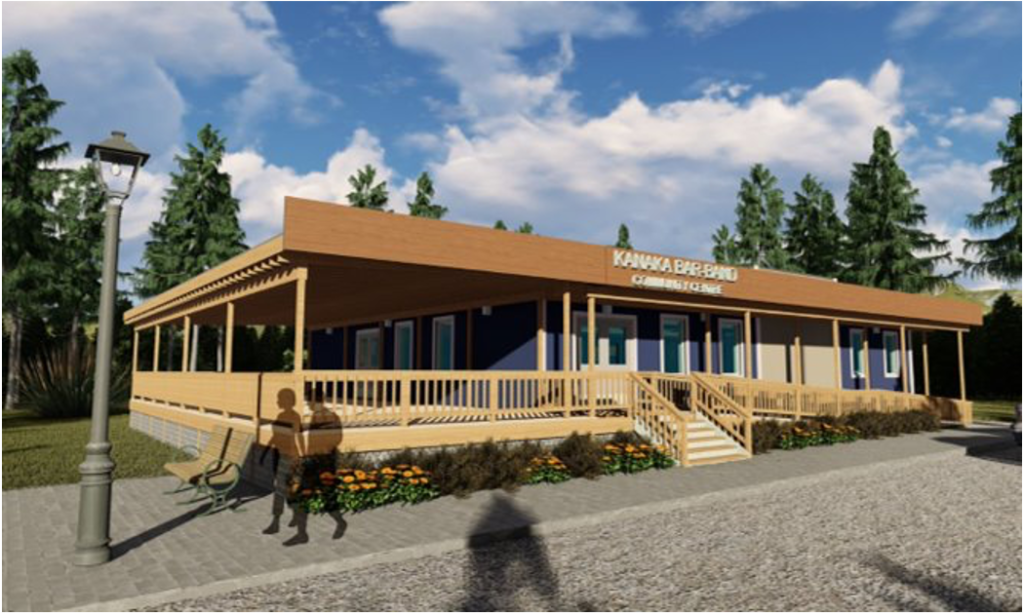Kanaka Bar Indian Band 5-year Community Resilience Plan

Projects Sponsor
Faced with climate change and other challenges, the Kanaka Bar Indian Band plots a course for their future, and perhaps crafts an instruction manual at the same time.
As the Kanaka Bar Community Economic Development Plan (CEDP), a 5-year strategic governing document, came to the end of its life, the leadership of the Fraser Canyon BC community sought a renewed and expanded plan. Building upon the foundation of the CEDP, and its implementation efforts, the community members, including Chief and Council, aimed to design a plan that moved beyond the sole focus of “economic development.”
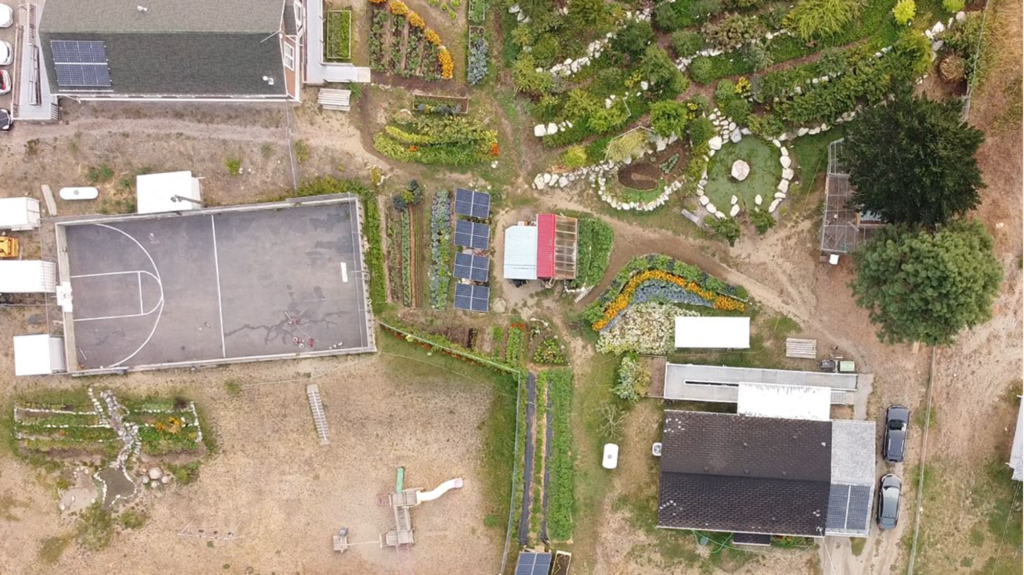
The leadership wanted to take a holistic approach, one that would reflect all aspects of the community’s vision of achieving self-sufficiency and community resilience.
The objective of this work was to develop a Community Resilience Plan (CRP), a medium-term guiding plan that governs Kanaka leadership (as well as its members) in fulfilling the community’s collective vision. An important part of this project was active engagement of the community members throughout the CRP’s development process. It was understood from the start that it was important to listen to the people, to understand their wishes, concerns, priorities, and values and to ensure these hopes and goals were included in the document.
The research leading to the start of this work had been years in the making. Since developing its first Land Use Plan in 2014, Kanaka Bar has been gathering information, data and feedback and assessing progress in all areas.


Observations, previous assessments, and community engagement indicated that this new roadmap needed to honor the traditional values and moral codes of the community. The new plan needed to be comprehensive and responsive to priorities as articulated by membership and prepare the community for changing conditions brought on by climate change.

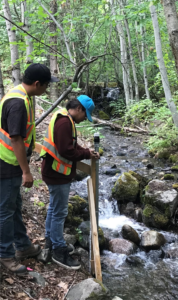
More than six months of planning and upwards of thirty-six internal technical meetings followed, each entailing agendas, posters, briefing notes, presentations and summary reports.

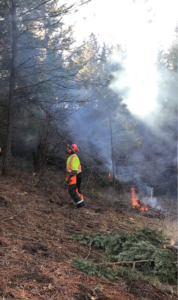
To maintain focus on the community’s vision and ensure alignment with past, current and future strategic goals, the community was engaged on seven themes: Land and Resources, Governance, Health, Culture, Education, Infrastructure and Economic Development.
To help achieve this, the CRP planning team facilitated twelve separate engagement sessions between October 2020 and March 2021. These sessions were useful in collecting ideas and feedback from all participants, including Chief and Council.
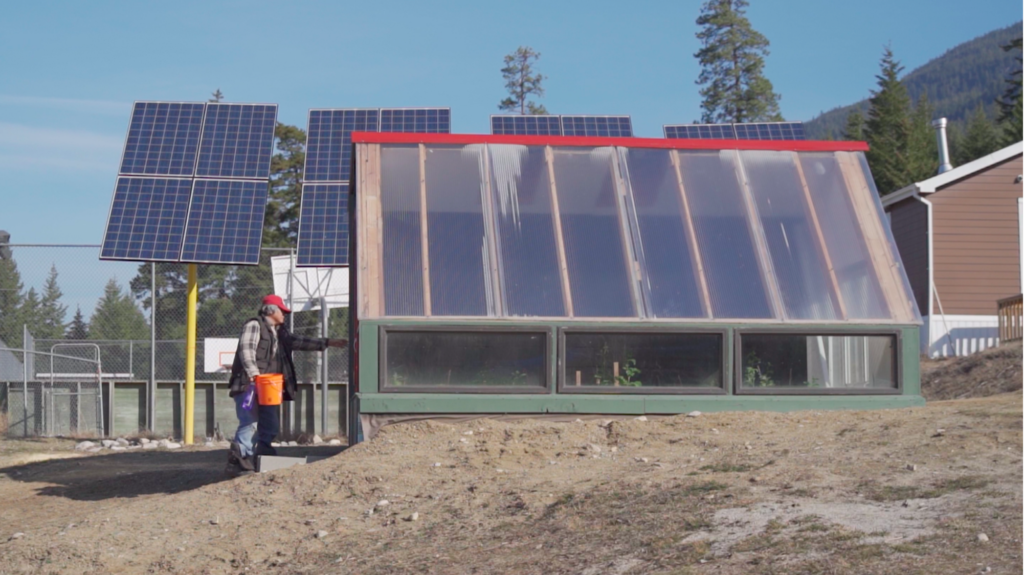
A summary report of each session as well as the presentations were sent to all participants to ensure transparency and open communication. These reports included the topics discussed during the session, comments and questions received, responses provided and any other critical actions that came out of the sessions.
Open community surveys brought still more feedback; fifty-three unique participants were heard and an engagement session dedicated to youth was organized to make sure that youth voices were reflected within the CRP.
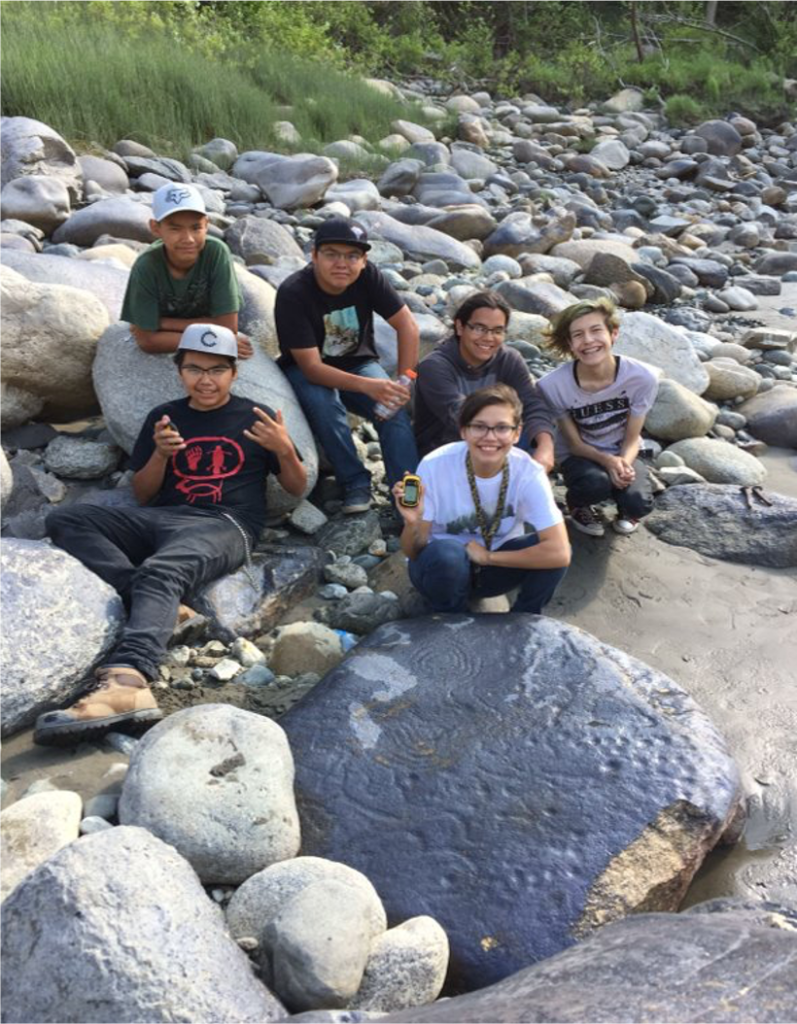
These sessions generated more than three hundred raw ideas. These were consolidated to one-hundred and eighty-two and scored using a specially designed scoring system. All actions were sorted into the short (one to two years), medium (three to five years) and long-term (more than five years) time frames.
Sometimes climate change denial caused by misinformation had to be cut through, a challenge in so many communities.
The final report encompassed one hundred and six refined ideas, a five-year implementation plan, mechanisms for success measurement and community reporting.
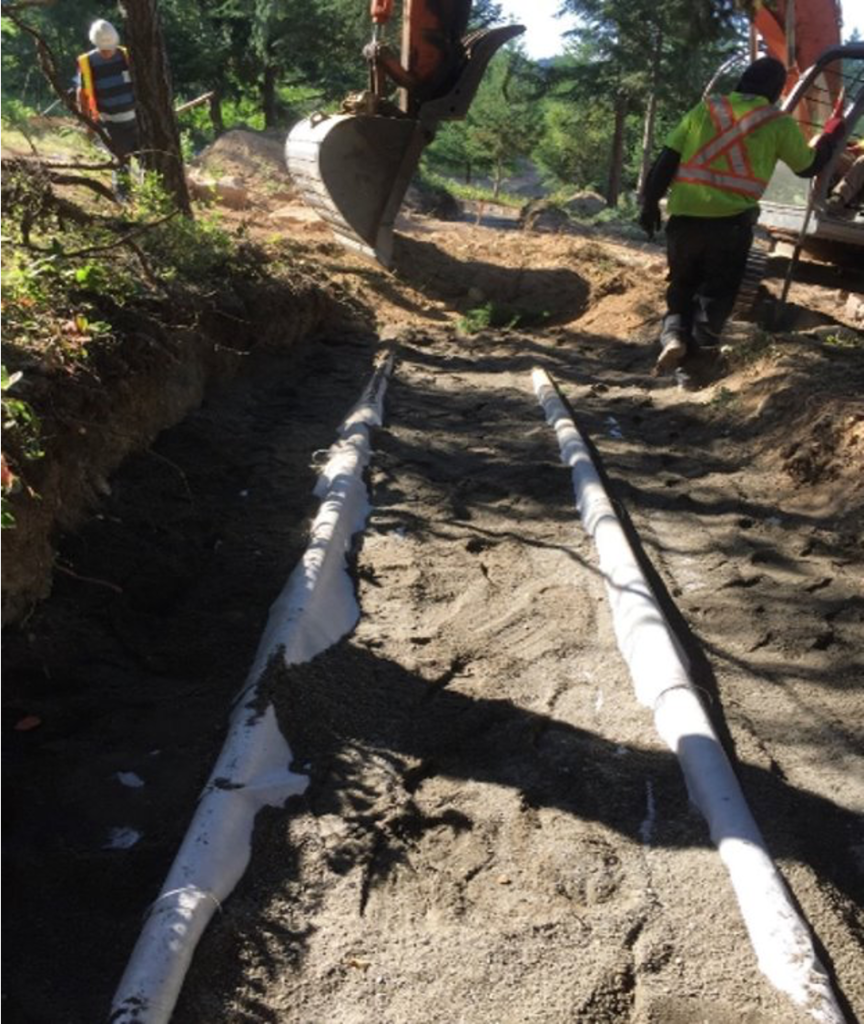
The impact of this project is threefold. Crucially, it brought the people of Kanaka Bar together, offering people a sense of ownership in an important government plan.
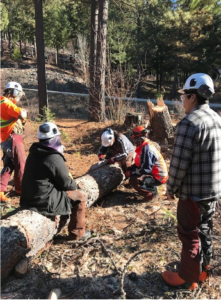
Secondly the CRP provides a roadmap that gives Kanaka a clear actionable plan for the next five years. It’s a new guide, informed by the important and relevant parts of the previous plans, with additional elements that align with Kanaka Bar’s values in the face of climate change.
Finally, the plan is first of its kind among Indigenous communities in Canada, and Chief Patrick Michell has been speaking publicly on various forums and sharing this work with other communities, providing a vital example for others to follow in the future.
The Community Resilience Plan is made for Kanaka by the people of Kanaka. This is the story of one community plotting a course for its own future, and perhaps crafting an instruction manual for others at the same time.
